Here are the items that we found.
Blog

Alex - Long Sleeve Top
This one wasn’t in the plan, but sometimes curiosity leads to the best makes. After sewing a stack of Alex Sweatshirts, I wondered what would happen if I skipped the...

Elise Skirt with Inseam Pockets (+Free Download!)
A few weeks ago, I became completely fixated on the idea of a long white skirt. Like, had-to-have-it levels of obsession. Naturally, I turned to the Elsie skirt pattern and...

Jordan Shorts
It is technically still summer. Although the weather in Calgary seems to be having issues with it and summer is still loading. Hopefully. Either way, it’s the perfect time to...

How to Sew a Clean Neckline on Tees and Sweatshirts
Some days when I’m sewing a t-shirt or sweatshirt, I like to add an extra special touch with a bound back neckline. There’s absolutely nothing wrong with leaving it unbound....

Orla Refresh: Sleeveless Bodice, Waistband and Box Pleats Drafting Tutorial
Apparently, people are still referring to the Sleeveless Orla tutorial I wrote back in 2017, which is both surprising and extremely lovely. Thank you! Unfortunately, when I moved my website...
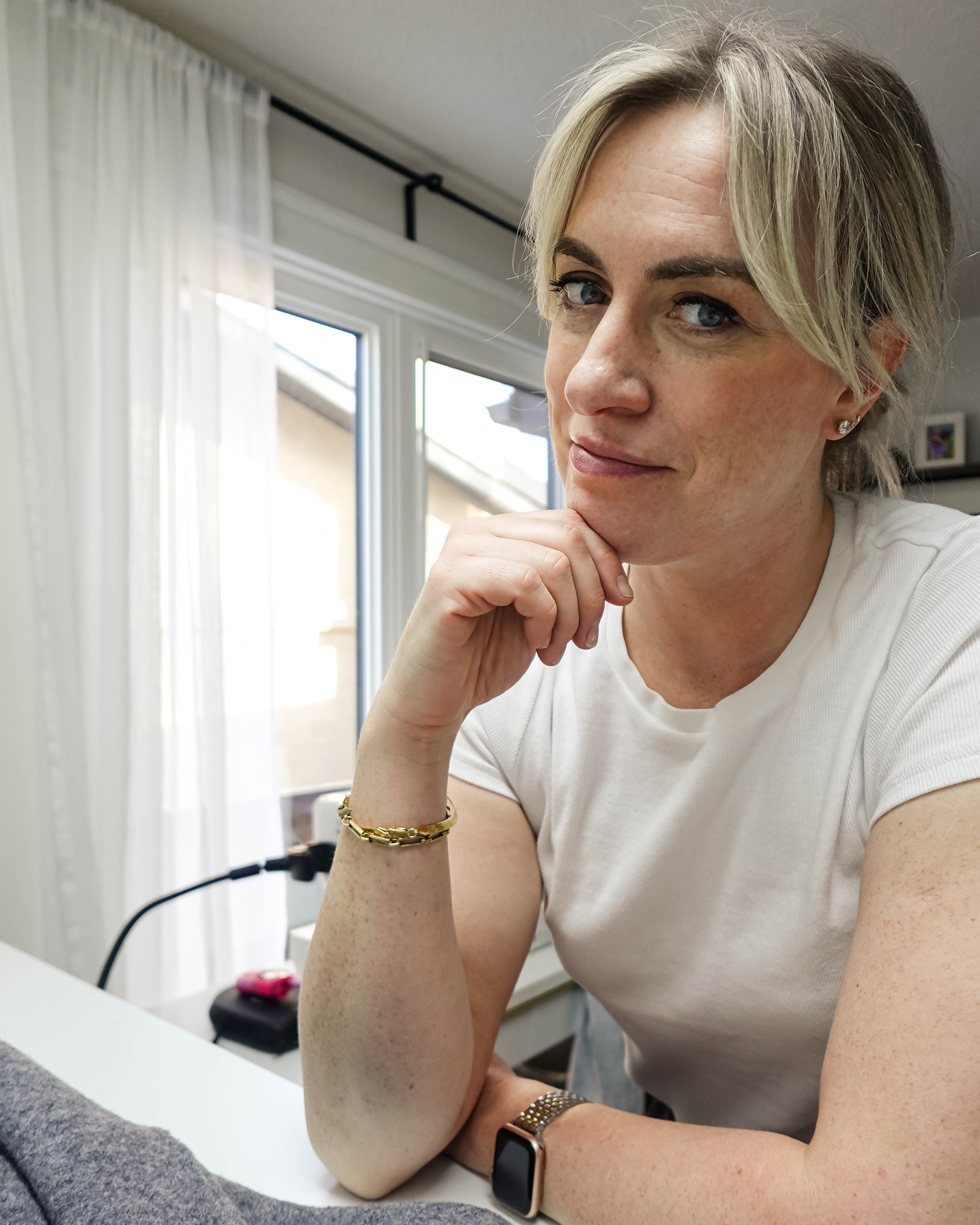
Sewing Reflections
As I reflect on my sewing journey in 2024, I feel that this past year has been all about sewing with more intention. With limited time, I've had to approach...
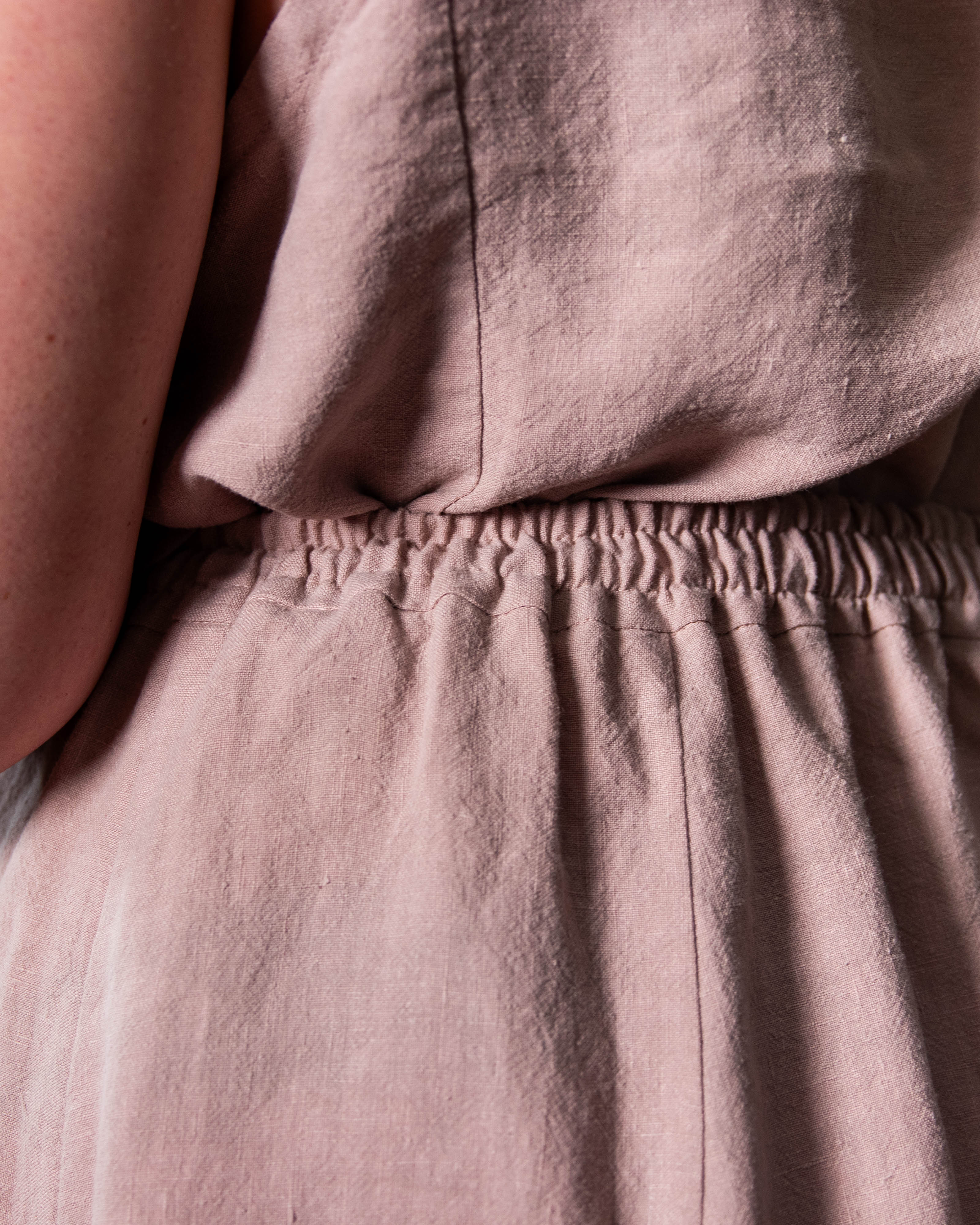
Elsie Skirt - Now in Sizes 0-34!
I am so excited! Finally, the Elsie skirt is now available in extended sizing - it comes in sizes 0 to 34. Whoop whoop! That is up to 65.5” (166.5...
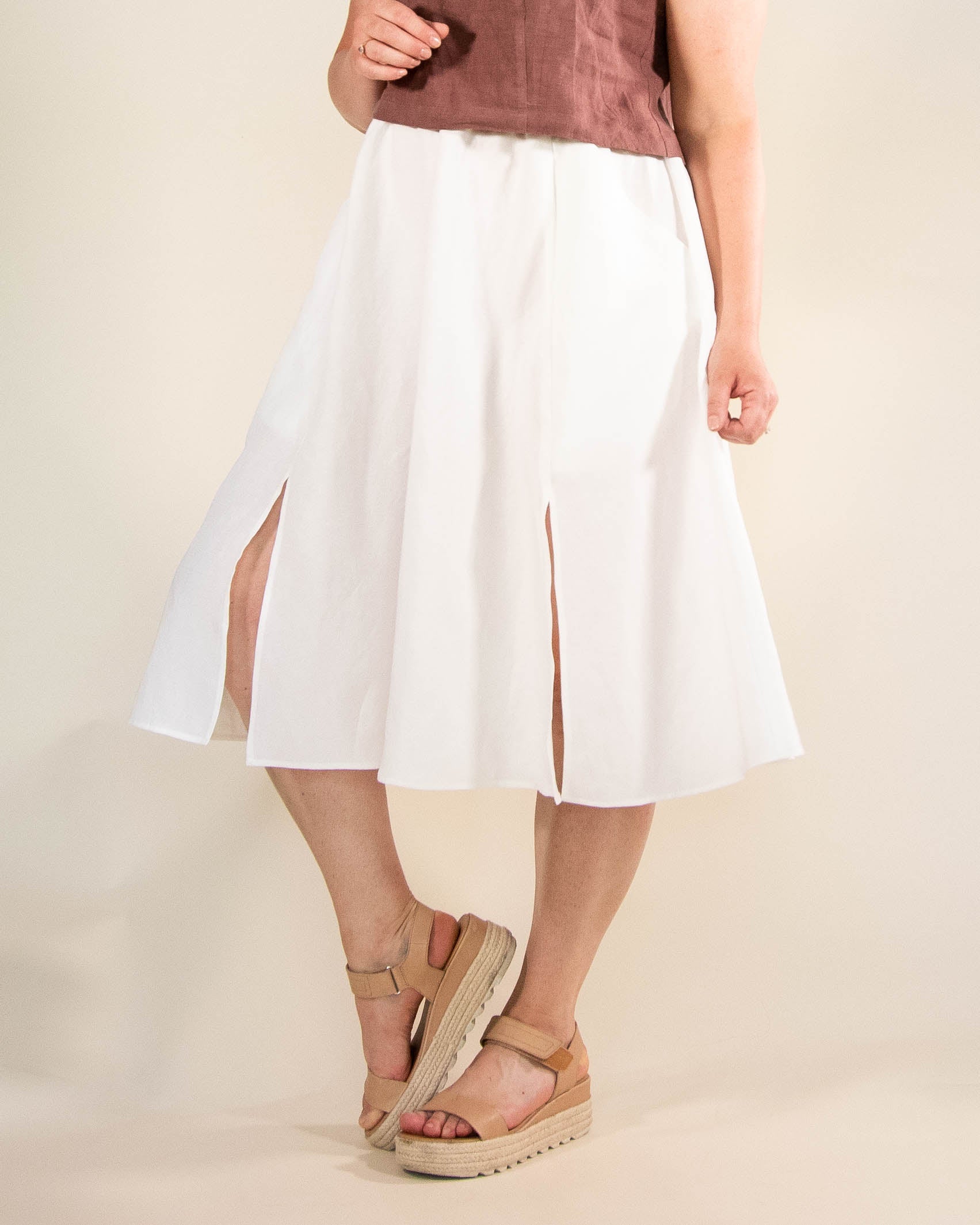
Elsie Skirt with Slit Openings
When Elsie skirt was just an idea in my head, I envisioned View A of the skirt with two slits at the front. In fact, that is what the original...
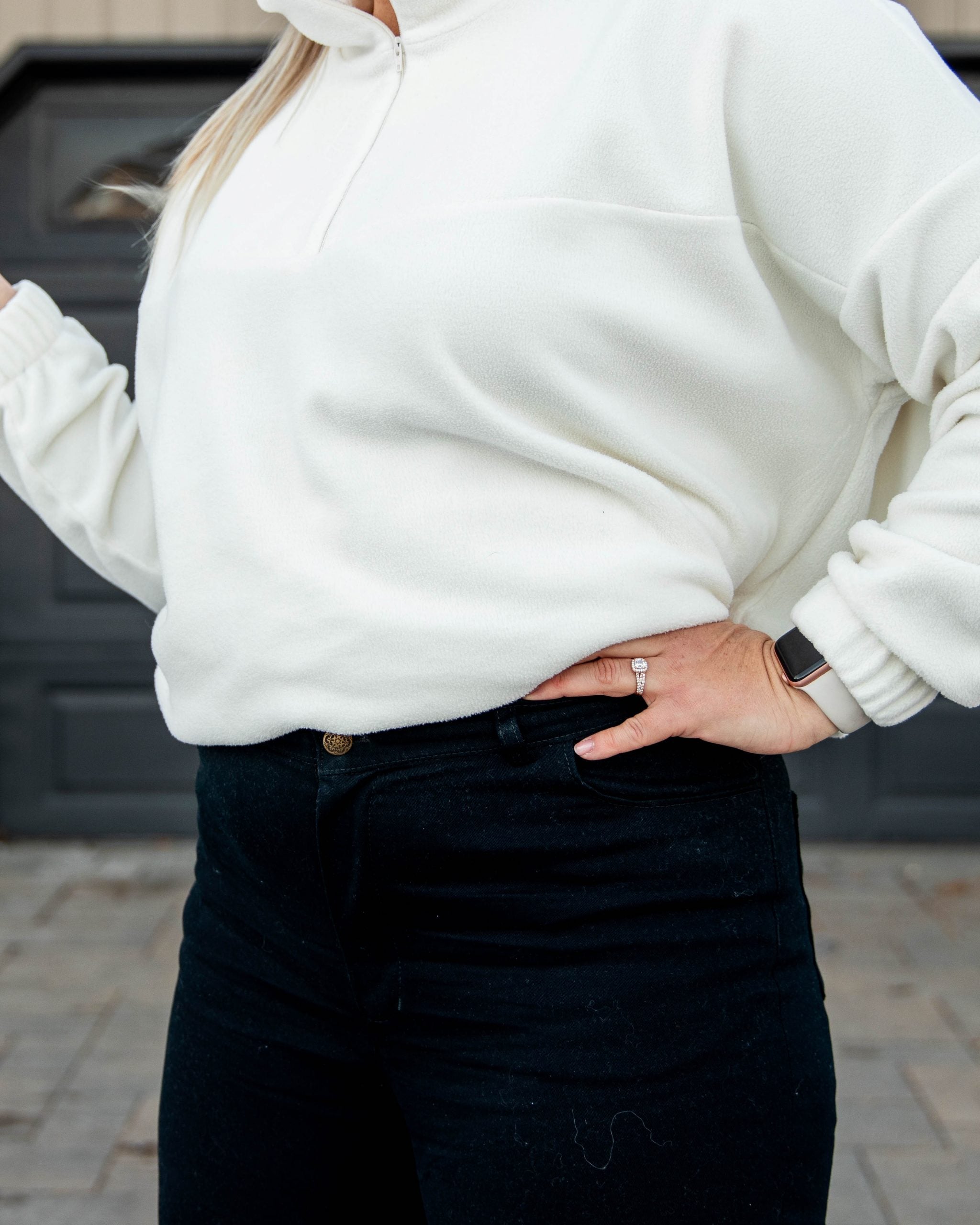
Tutorial: Ash Jeans - Adding Rise
After I made my first pair of Ash jeans, I realized the rise on them was not high enough for me. I wanted to add ~1.5” (3.8cm) to it so...
Tutorial: Ash Jeans - Reducing Flare
I am a big fan of flared pants coming back. I loved wearing them in the early 2000s, and even though I loved the skinny jeans trend, I am happy...
Tutorial: Lined Pocket
Ever since I realized that pocket facings are not only for fancy pants, my sweatpants game has changed. I love a nice deep pocket, but I hate the added bulk...
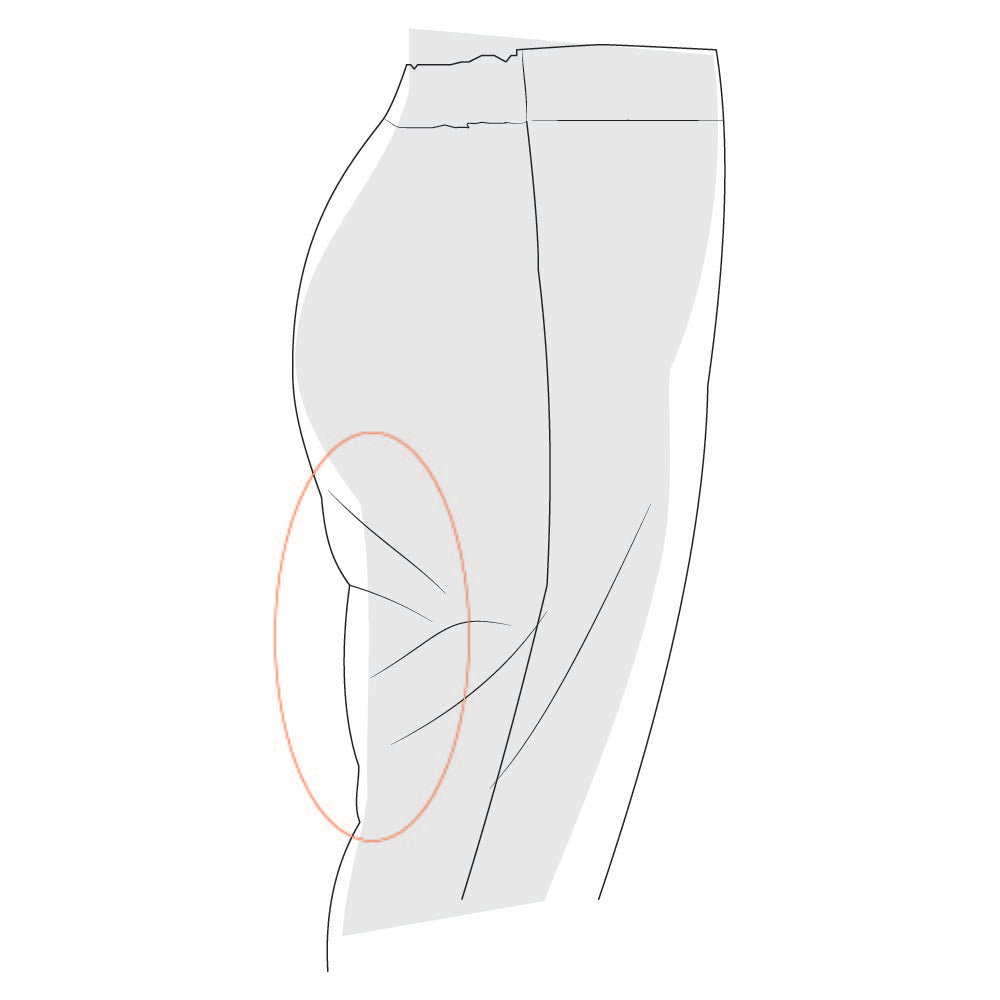
Lisbeth Pants - Small Thigh Adjustment
Today I have a tutorial to show you how to take out excess fabric in the back thigh of the Lisbeth Pants. I am using Lisbeth pants as an example,...
